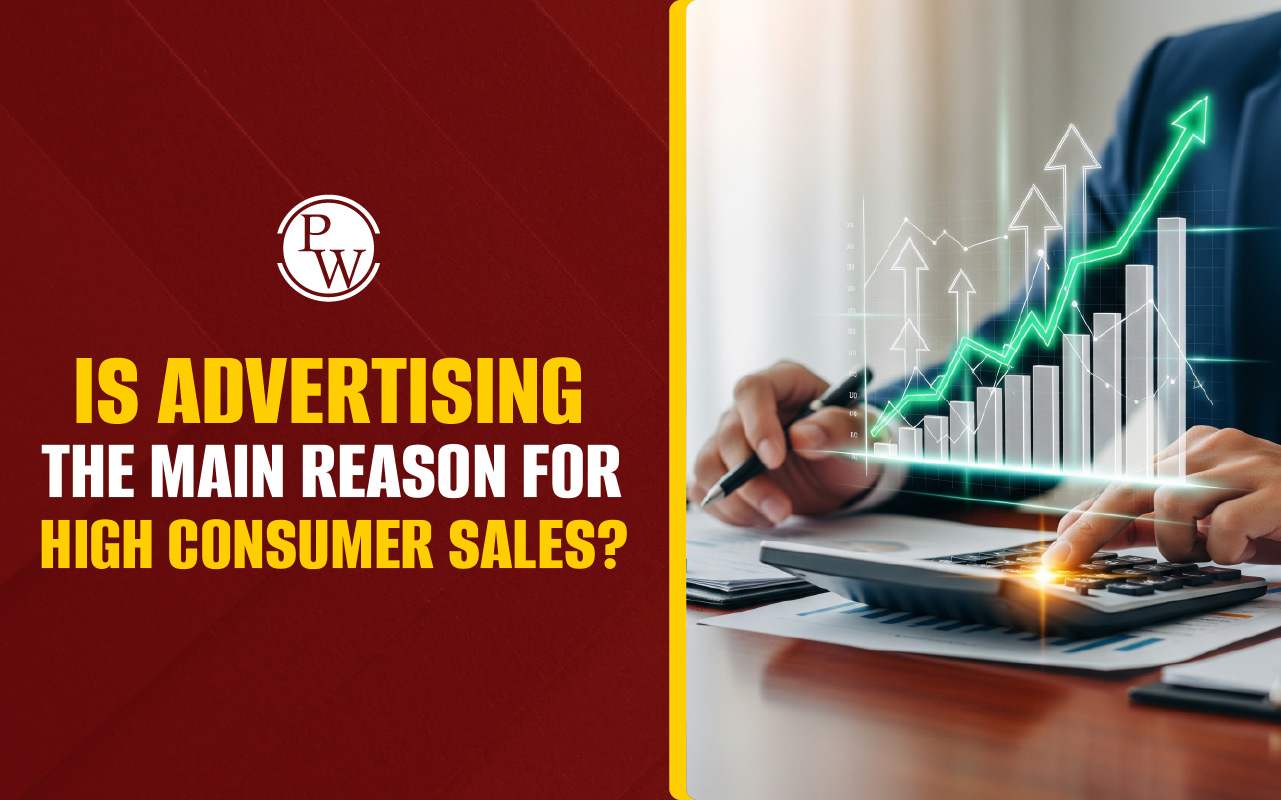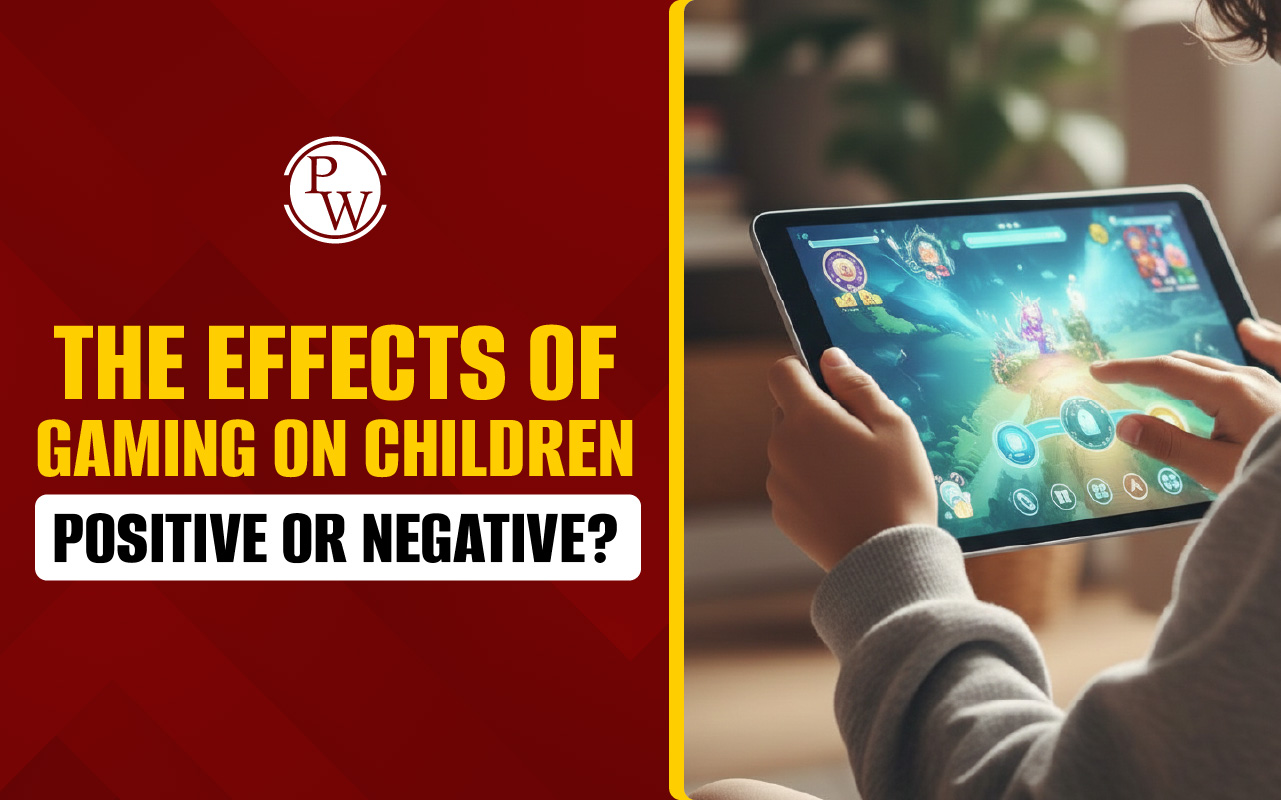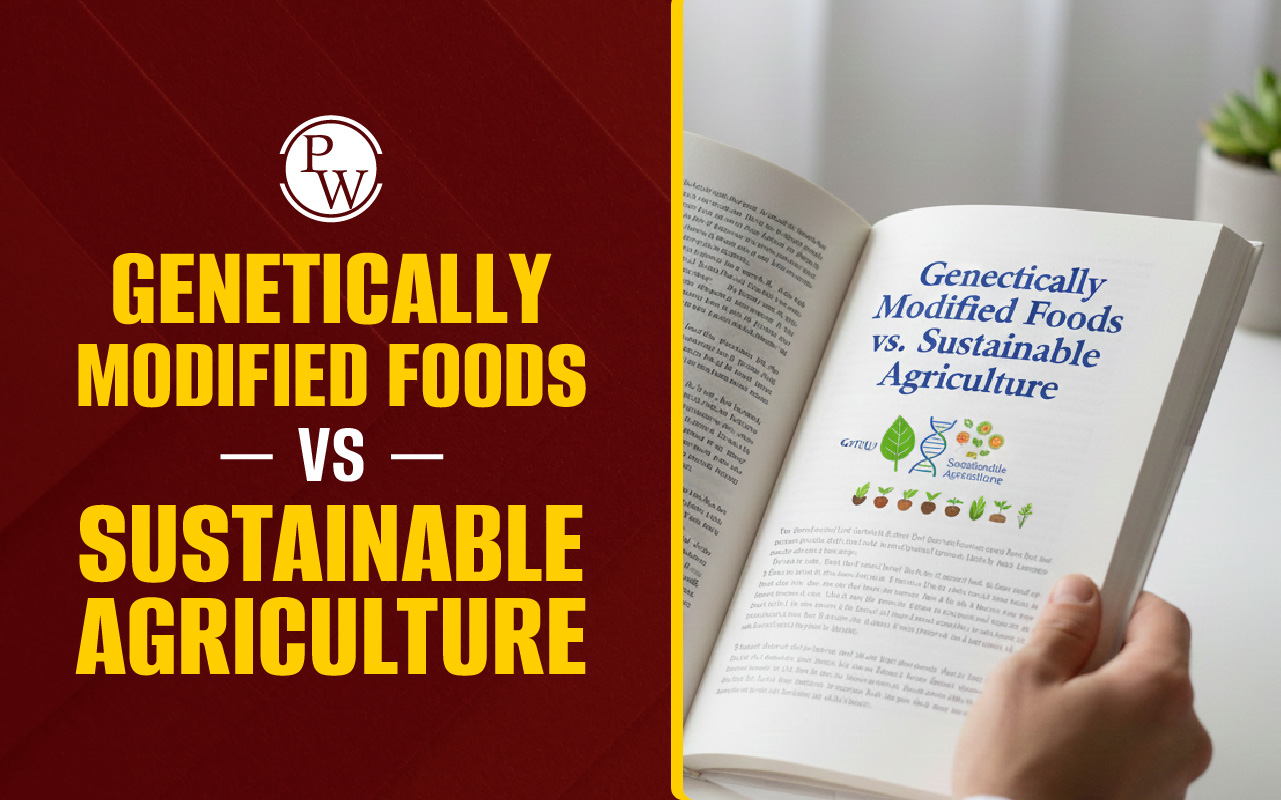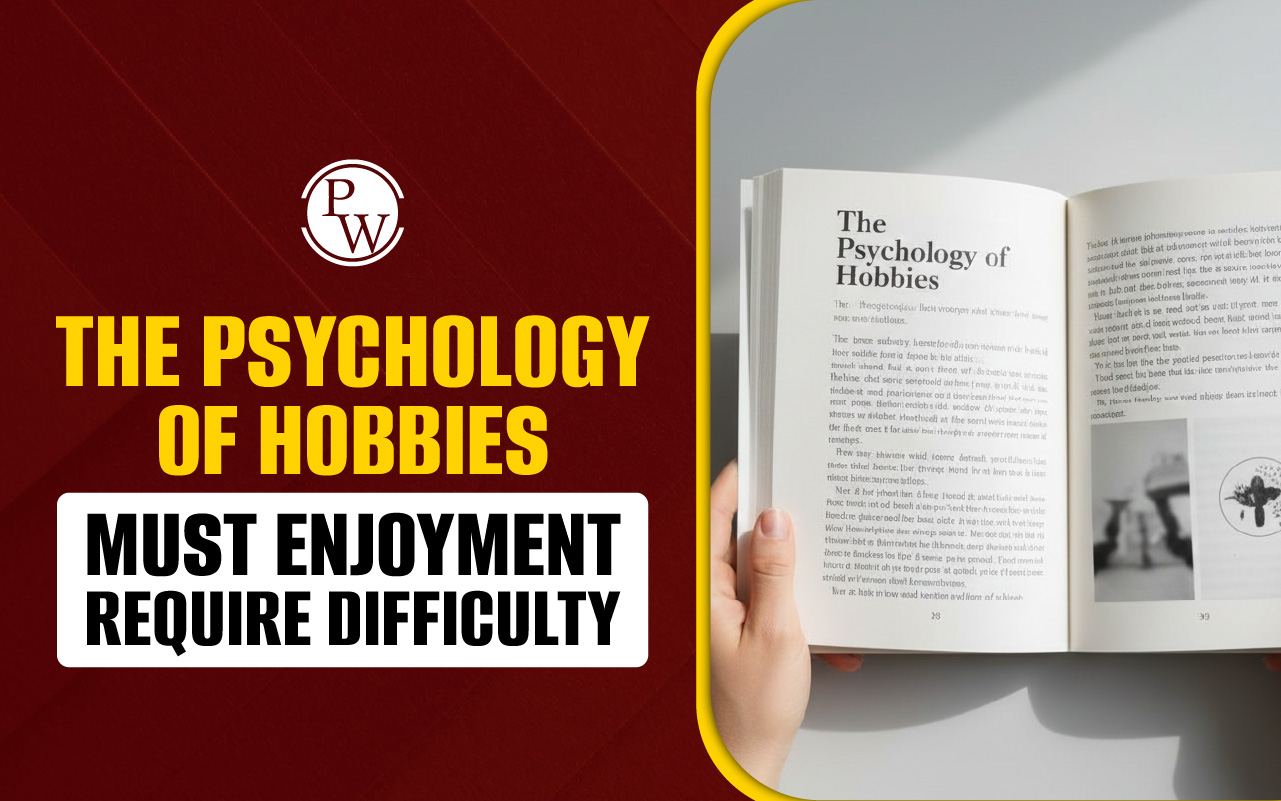
IELTS Reading Multiple Choice Questions: The IELTS Reading Multiple Choice Questions (MCQs) are one of the most challenging question types in the IELTS exam. These questions assess a candidate's ability to understand details, identify main ideas, and recognize opinions or arguments within a given passage. MCQs require test-takers to carefully read the passage, analyze the given options, and select the most appropriate answer. Aspirants can follow the complete writing to develop strong skimming and scanning skills, as well as the ability to differentiate between similar-sounding answers.
Cambridge Free IELTS Reading Practice Tests PDFs
What is IELTS Reading Multiple Choice Questions?
IELTS Reading Multiple Choice Questions require test-takers to choose the correct answer from a set of options. The questions may have three or four answer choices, and candidates need to select one or more correct answers depending on the instructions. These questions evaluate a candidate’s ability to comprehend factual details, logical arguments, and opinions presented in the passage.
IELTS Reading Multiple Choice Questions Types
There are two main types of Multiple Choice Questions in the IELTS Reading section:
-
Single Answer MCQs: The candidate must choose one correct answer from the given options.
-
Example: A, B, C, or D.
-
Multiple Answer MCQs: The candidate must choose two or more correct answers from the given options.
-
Example: A and B; A, C, and D.
Both types require careful reading of the passage to determine the most accurate response.
IELTS Academic and IELTS General
IELTS Reading Multiple Choice Questions Sample Passage
One of the most famous works of art in the world is Leonardo da Vinci’s Mona Lisa. Nearly everyone who goes to see the original will already be familiar with it from reproductions, but they accept that fine art is more rewardingly viewed in its original form. However, if the Mona Lisa was a famous novel, few people would bother to go to a museum to read the writer’s actual manuscript rather than a printed reproduction. This might be explained by the fact that the novel has evolved precisely because of technological developments that made it possible to print out huge numbers of texts, whereas oil paintings have always been produced as unique objects. In addition, it could be argued that the practice of interpreting or ‘reading’ each medium follows different conventions. With novels, the reader attends mainly to the meaning of words rather than the way they are printed on the page, whereas the ‘reader’ of a painting must attend just as closely to the material form of marks and shapes in the picture as to any ideas they may signify.
IELTS Reading Multiple Choice Questions Sample Answers with Explanation
1. According to the passage, why do people prefer viewing the Mona Lisa in its original form?
A) The original painting is larger than the reproductions.
B) People believe fine art is best viewed in its authentic form.
C) The painting's colors change when reproduced.
D) Museums promote viewing original artworks.
Answer: (B) People believe fine art is best viewed in its authentic form.
Explanation: The passage states that people accept that fine art is more rewardingly viewed in its original form, making option B the correct answer.
2. What does the passage suggest about viewing novels compared to paintings?
A) Readers do not care about the appearance of the printed text.
B) Novels are meant to be viewed in their original handwritten form.
C) Printed novels are less valuable than handwritten manuscripts.
D) Paintings convey meaning only through color.
Answer: (A) Readers do not care about the appearance of the printed text.
Explanation: The passage states that novel readers focus on the meaning of words rather than their printed appearance, making A the best choice.
3. How has technology influenced the reproduction of novels?
A) It has made novels more widely available.
B) It has limited the distribution of books.
C) It has made reading novels less enjoyable.
D) It has reduced the importance of original manuscripts.
Answer: (A) It has made novels more widely available.
Explanation: The passage explains that technological developments have allowed novels to be printed in large quantities, making A the correct answer.
4. According to the passage, why do people not seek out original manuscripts of novels?
A) They are too expensive.
B) The printed version conveys the same meaning.
C) They are usually kept in private collections.
D) They are too difficult to read.
Answer: (B) The printed version conveys the same meaning.
Explanation: The passage states that readers focus on the meaning of words rather than their physical form, making B the best choice.
5. Why are oil paintings different from novels in terms of reproduction?
A) Oil paintings cannot be copied at all.
B) Each oil painting is a unique physical object.
C) Printed books are not considered authentic.
D) Oil paintings do not require preservation.
Answer: (B) Each oil painting is a unique physical object.
Explanation: The passage states that oil paintings have always been produced as unique objects, making B the correct choice.
Also Read:
- Should You Use All Capital Letters in the IELTS Listening and Reading Tests
- IELTS Reading Mistakes
- How to Improve IELTS Reading Score
- How to Manage Time in IELTS Reading
Strategies to Attempt IELTS Reading Multiple Choice Questions
To answer IELTS Reading Multiple Choice Questions accurately, follow these strategies:
-
Skim the passage first: Get a general idea of the topic before reading the questions.
-
Identify keywords: Highlight important words in the question and options.
-
Scan for relevant information: Locate the section of the passage where the answer might be found.
-
Understand paraphrasing: The correct answer may be reworded from the passage.
-
Eliminate incorrect options: Discard answers that are too extreme, unrelated, or misleading.
By following these strategies, candidates can enhance their accuracy and speed in tackling Multiple Choice Questions in the IELTS Reading test.
Common Mistakes to Avoid in the IELTS Reading Multiple Choice Questions
Many test-takers make errors that lower their scores in the IELTS Reading section. Recognizing these mistakes can help improve performance and efficiency. Below are some common pitfalls to be aware of:
-
Not reading the full question carefully: Misinterpreting the question can lead to incorrect answers.
-
Focusing only on familiar words: Some options may contain words from the passage but present misleading information.
-
Overthinking answers: Avoid analyzing the question beyond what is stated in the passage.
-
Ignoring negative words: Words like not, except, rarely can change the meaning of a question.
-
Guessing blindly: Always try to locate evidence in the passage before selecting an answer.
PW IELTS Prep
Physics Wallah's IELTS coaching aims to help students get a high IELTS Reading band score on the exam. PW IELTS coaching aims to improve student's English proficiency so they may work or seek further education in English-speaking countries.
IELTS Reading Multiple Choice Questions FAQs
Q. How many Multiple Choice Questions are there in the IELTS Reading section?
Ans. The number varies, but usually, each passage contains 3-4 MCQs among other question types.
Q. Can there be more than one correct answer in an IELTS MCQ?
Ans. Yes, some MCQs require choosing multiple correct answers, as indicated in the instructions.
Q. Are MCQs in IELTS Reading difficult?
Ans. They can be tricky, but with practice and the right strategies, they become manageable.
Q. Do I lose marks for incorrect answers in IELTS Reading?
Ans. No, there is no negative marking, so it's always best to attempt every question.









